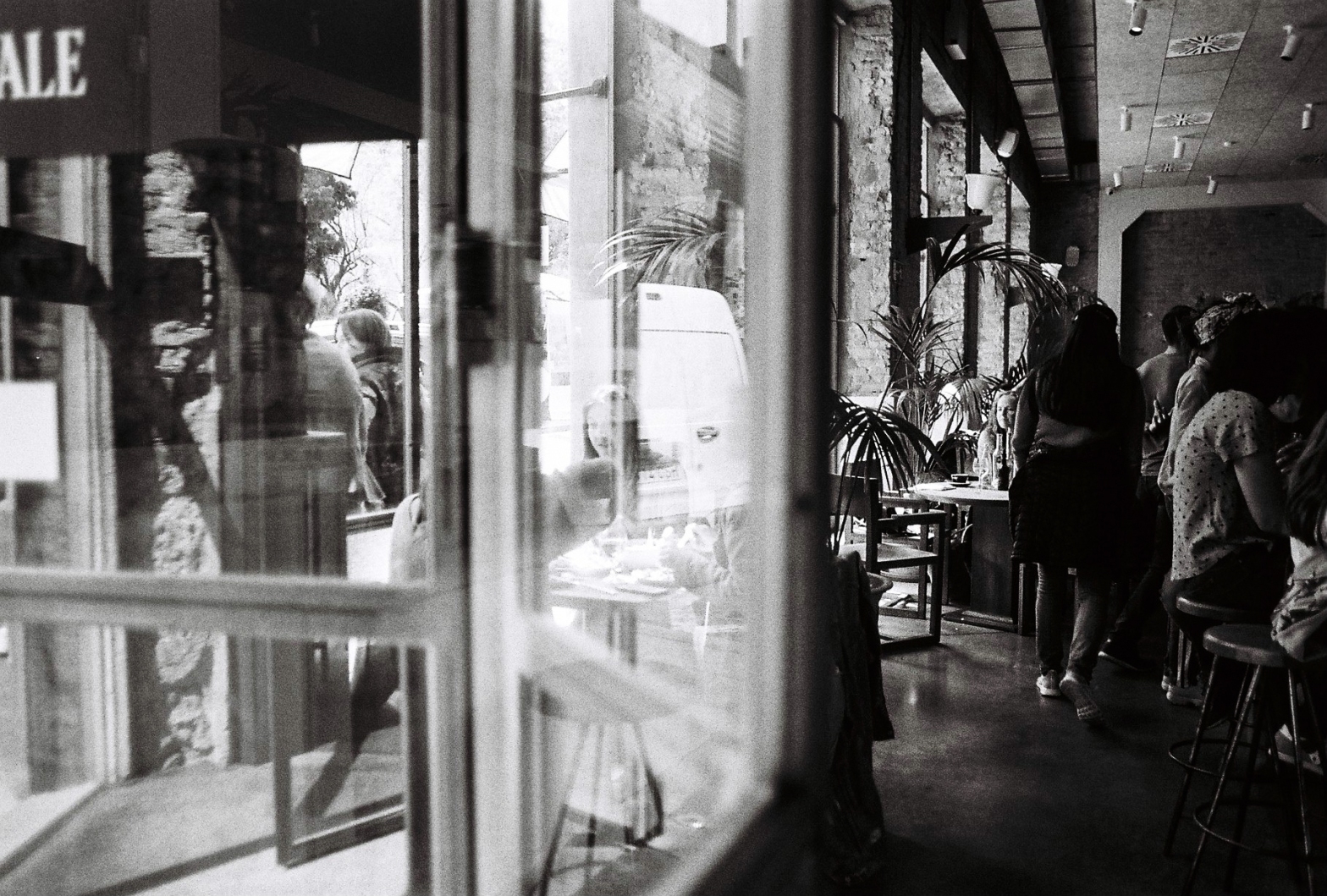Like many of the mestizaje from Latin America, I am of mixed ethnicity; I am a Japanese-Irish-Danish-Czech Canadian. Born and raised in Canada, but with ancestors from different countries around the world, I heavily relate to the identity anxiety Latin America people hold within their history, culture and society.
Watching this week’s lecture was very personal for me because Jon proposed a question about Latin America that is also directed at my own identity, “No longer simply, ‘What kind of people are they?’, but now, ‘What name should we give ourselves?’, and perhaps–but only perhaps–more fundamentally, ‘Who are we?’” (Beasley-Murray). Latin America and I, although different, are a sum of our parts to say simply. But the identification of and with all these parts becomes the challenge.
Last discussion, we talked about how humans favour reduction and segregation when documenting history because it allows easy summarization of complex topics. Unfortunately, this action applies to race classification and understanding as well, back in 1492 and now. In the casta paintings of the colonial experience and within the society of today, those of mixed race face the struggle of ethnic segregation within their own identity for others and themselves.
I often find myself personally segregating my ethnic differences because I feel torn between them culturally, but also battle with what it means to identify as neither singular-ethnic group but my own; Mixed. As I’ve grown older, these challenges have grown more apparent. However, what comforts me are the people who identify with these same identity challenges. I have found a community of ethnically-mixed individuals of all different backgrounds that all share the same identity question; ‘Who are we?’. Although none of us can classify our collective group, we can form a community that supports one another from the segregation and reduction of our ethnicities from others who question us. This sense of community is what I believe is fighting the racist classification that exists in the casta paintings from the colonial period in today’s times. I also believe that this community that I feel and have, is similar to what shapes what the world calls ‘Latin America’.
Latin America is not a classification, it is a collective.

“Latin America is not a classification, it is a collective.”
I like this idea in principle, but would need to hear more… you mean that it’s an identity that you choose for yourself, rather than one that is imposed on you?
Although note that self-chosen identities can also be problematic. I think Catalina de Erauso is perhaps an example of this.
LikeLike
Hi Anna! I definitely agree that the heavy classification imposed in colonial Latin America caused more than a few problems. It seems like the Spanish wanted everyone to think they were in control, and the only way to do that was to classify everyone and everything, ensuring the Spanish were viewed as the top. I think the casta paintings are a super interesting representation of this!
LikeLike
I really enjoyed how you linked ethnic segregation of mixed race people and how this plays out in the Casta paintings. It is definitely very interesting to look at how the Casta paintings can be interpreted today and the, as you put it, racist classification systems that ensue.
LikeLike